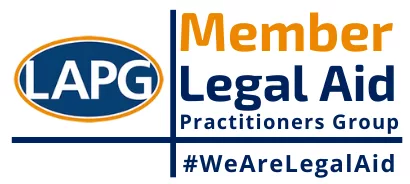The average cost of a marital breakdown is £14,500 and counting, a new report conducted by Aviva’s Family Finances has found. The report highlights how the cost of divorce has risen a further 17% since 2014 – when divorces in the UK cost, on average, £12,432. Today, the starting price is £14,561 – or £7,280 each – almost the same as a deposit for a home outside of London.
The biggest drivers of the increase include legal fees, up by 109% from £1,280 to £2,679; redecorating a previously shared home, up by 73% from £1,370 to £2,369; and additional legal fees as part of a child custody battle, increasing by 62% from £3,500 to £5,671.
The Government is aware of this issue and its cost. In 2010, the then Prime Minister David Cameron announced £30 million for relationship support over the five years to 2016. This decision stemmed from the belief that ‘children who grow up in strong, stable families with quality relationships in the home, stand the best chance of a positive future’. This would in turn, it was hoped, reduce the number of family breakdowns and divorces.
Following consultation launched by the Family Procedure Rule Committee, FPR 2010, the PD 36D was issued. This led to the first online litigant friendly divorce petition, which is easy to use but misleading in encouraging petitioners to tick a box to say that they do not want a court to deal with financial matters; whereas all family lawyers know that the financial links that arise on marriage survive divorce and death, unless such a court order dismissing these rights is made.
The legal spend on divorce is only a fraction of money spent on separating the financial links made on marriage. The current problems are many, not least that lawyers cannot give any reliable guidance with any precision. Judicial powers are to be exercised in a discretionary manner. In addition to his views on divorce, Lord Falconer has openly called the problem of lack of understanding and predictability a “lottery”. Failure of understanding leads to more litigation of disputes and increasing costs.





